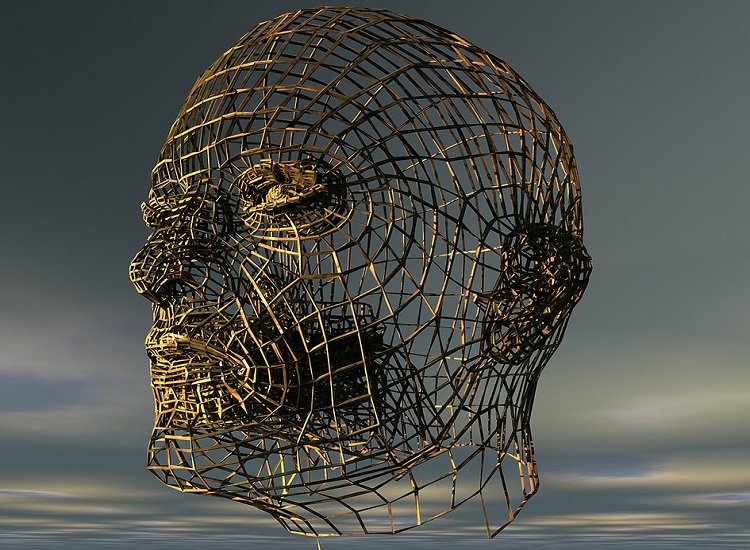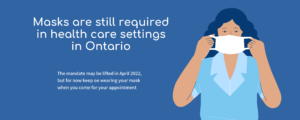Stress Related Jaw Pain and Massage Treatment of the TMJ

Do you notice yourself clenching your teeth during the day? Does your partner wake you up telling you that you were grinding your teeth? Do you wake up with headaches in the morning? If so, you may be experiencing TMJ (temporomandibular joint) issues caused by stress.
As the holiday season wraps up, many of you may have experienced some of these TMJ symptoms due to the stress. Stress causes tension build up within the shoulders, neck and jaw, that then causes headaches, grinding, clenching, para-function habits such as nail biting or gum chewing and decreased maximal opening. Stress can be anything such as; lifting a heavy object at the gym and catching yourself clenching, work induced stress, the stress of preparing a big meal for a family dinner or even weather-related stress. Whatever it may be, it can be causing tension in your jaw. Along with seeing your dental health care professionals for a thorough assessment, consider the use of massage therapy for the TMJ.
Intra oral massage is not the first thing you think of when going to a massage therapist, but it can be very beneficial with reducing some of those stress related TMJ issues. Stress can lead to increased muscle tone and trigger points within the muscle of mastication (chewing) thus causing clenching, grinding, clicking of the jaw, limited opening, headaches, ear pain and even tooth pain. By receiving intra-oral massage, one can start to get relief from these symptoms in a few short treatments.
Did you know that the jaw has some of the strongest muscles in the body – producing a combined average force of 68 kg per bite (Ingraham, 2017) – think of how much tension could build up!
A typical TMJ treatment begins with full treatment of the upper back, neck and shoulders to reduce tension in these areas and to help the jaw relax fully. Certain muscles within the head and jaw react to positional changes in the neck and spine. Having an imbalance in an area below can cause the jaw to over correct in trying to re balance the body. Next work is done extra orally to get an understanding of the structures and a further look on how the jaw is moving. Finally, a glove is used and the therapist works intra-orally on the muscle of the jaw, this is done within the client’s comfort level. Following treatment, the client will have a sense of looseness within the jaw and should have some decrease in symptoms. Self-massage is a great piece of home care that the client is able to do when they notice symptoms starting to reoccur.
So next time you find yourself in a stressful situation check to see if you may be clenching and grinding or having an increase in headaches. If so, come and try a TMJ massage treatment!
Ingraham, Paul., (2017). Massage Therapy for Bruxism, Jaw Clenching, and TMJ Syndrome. https://www.painscience.com/articles/spot-07-masseter.php

